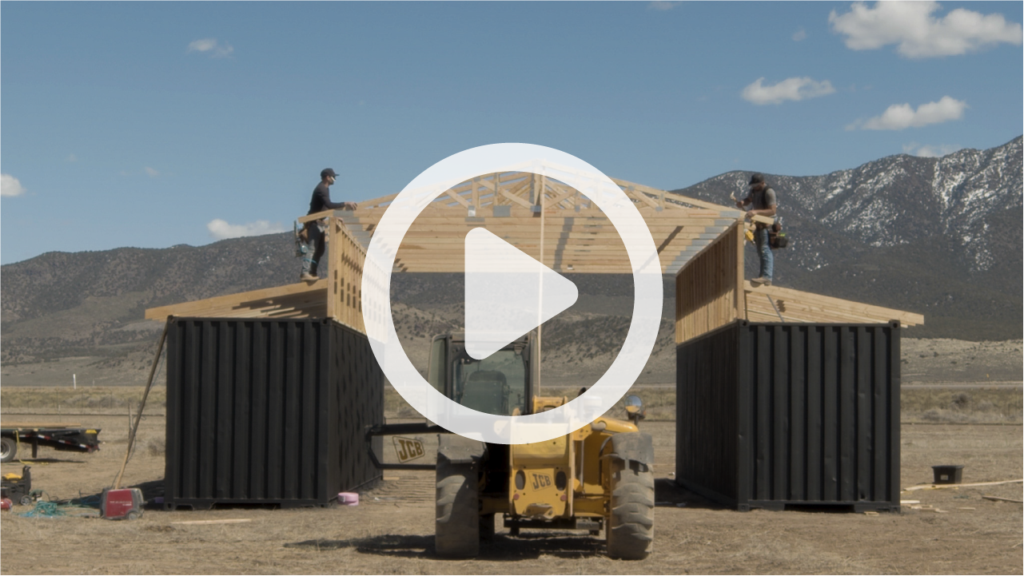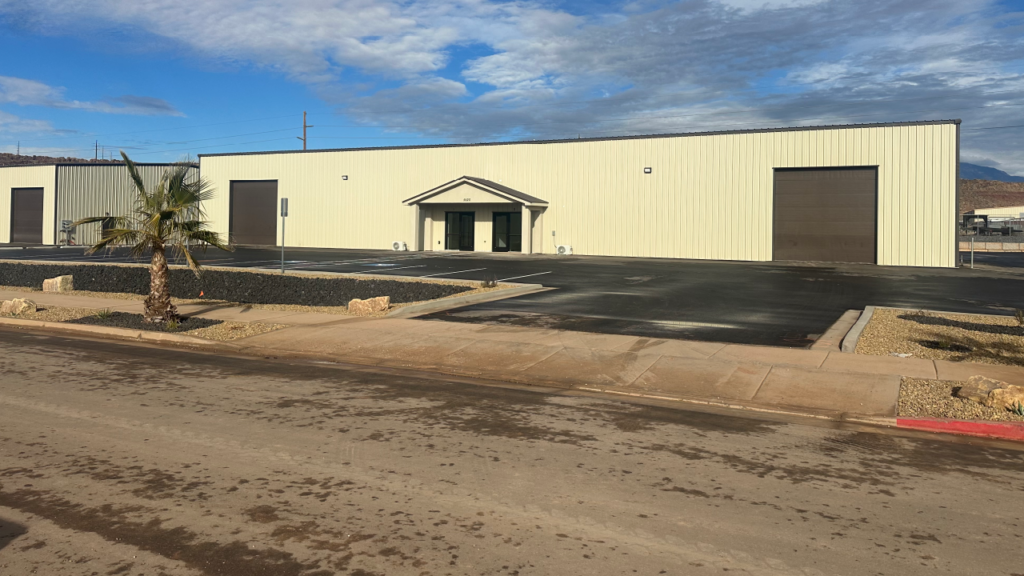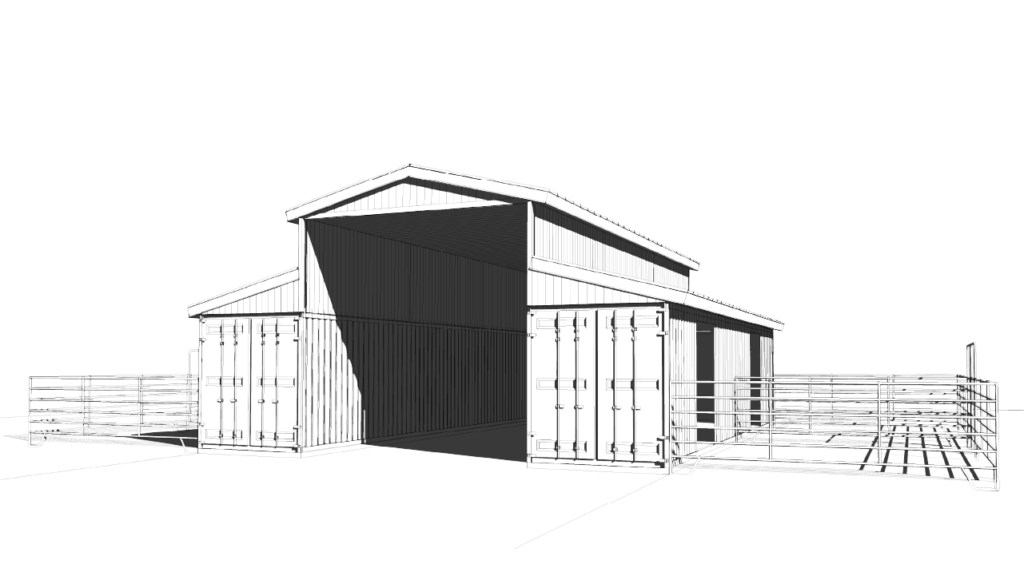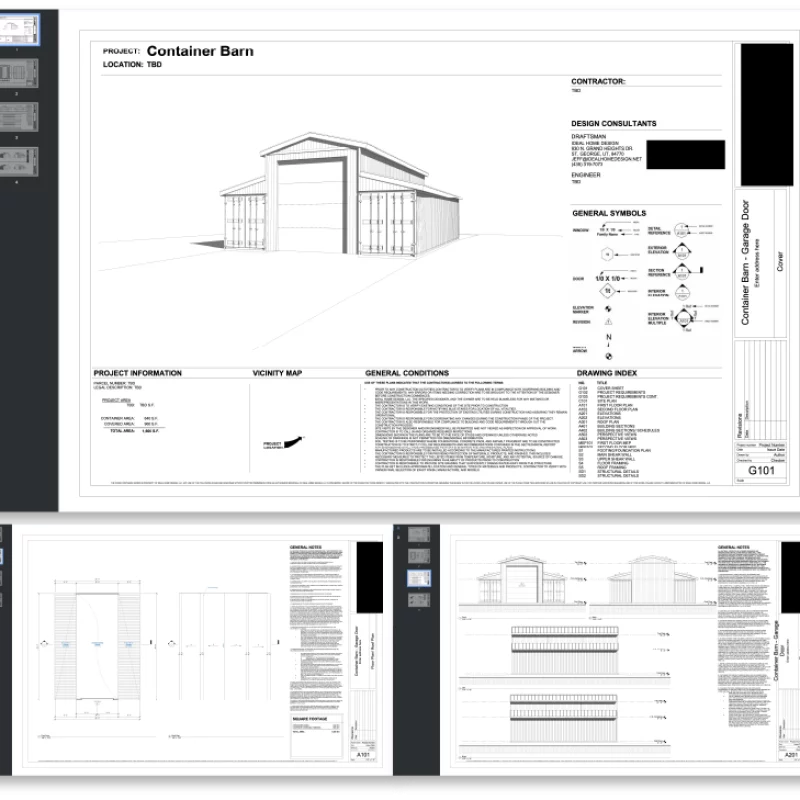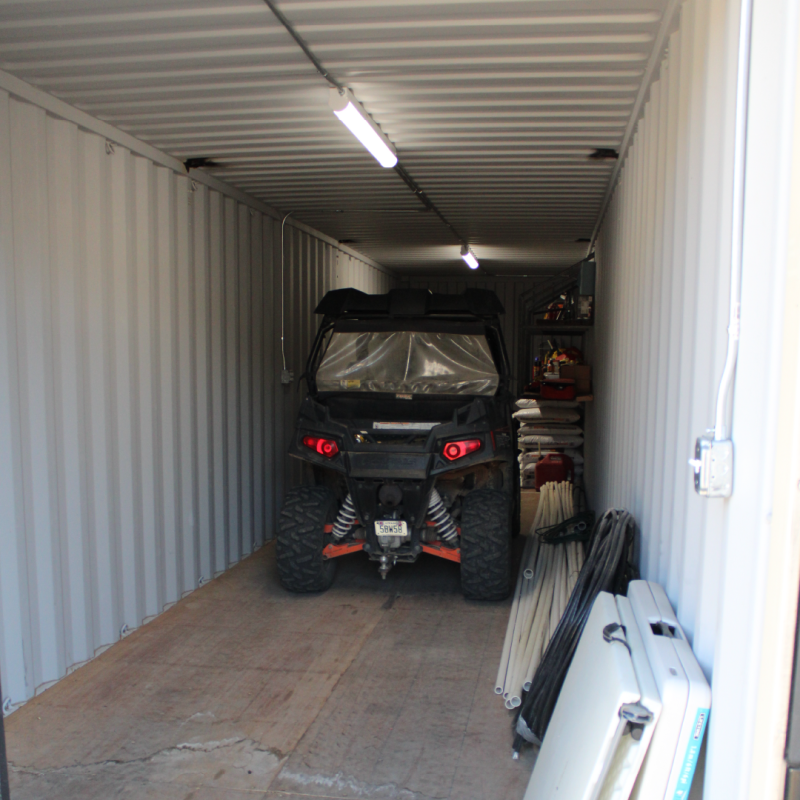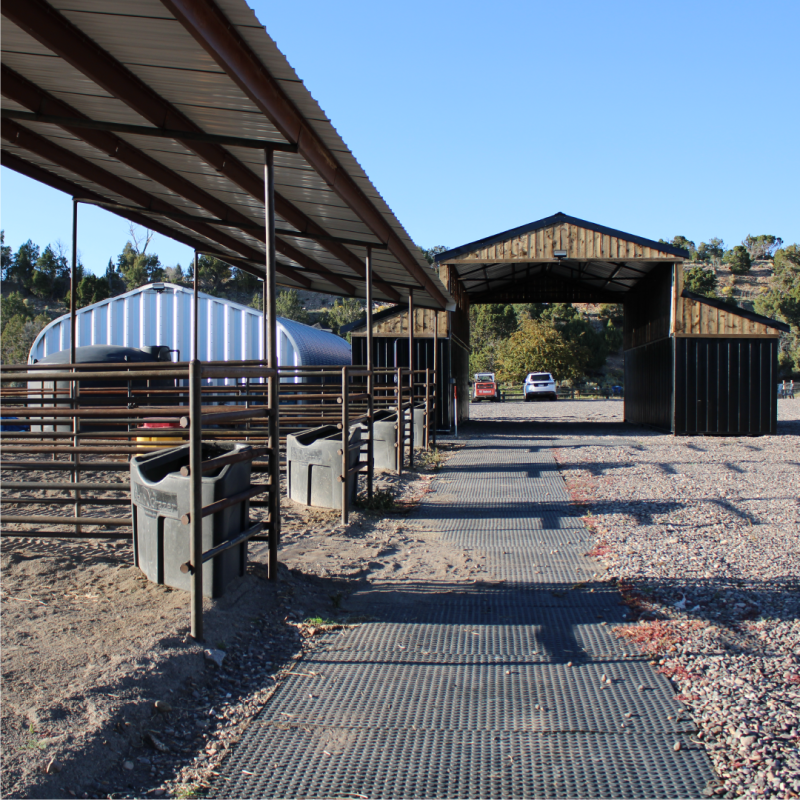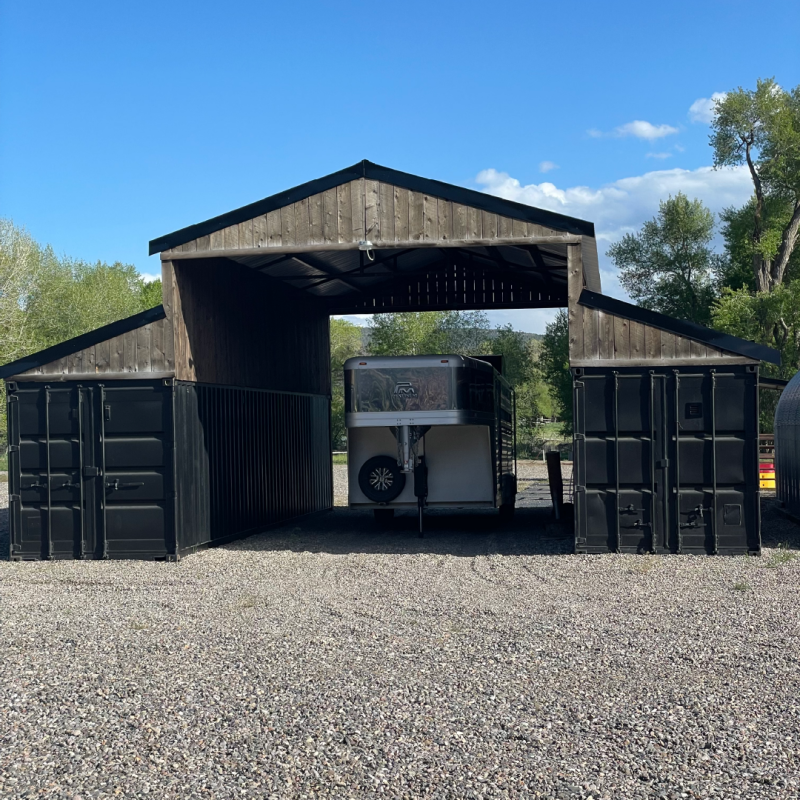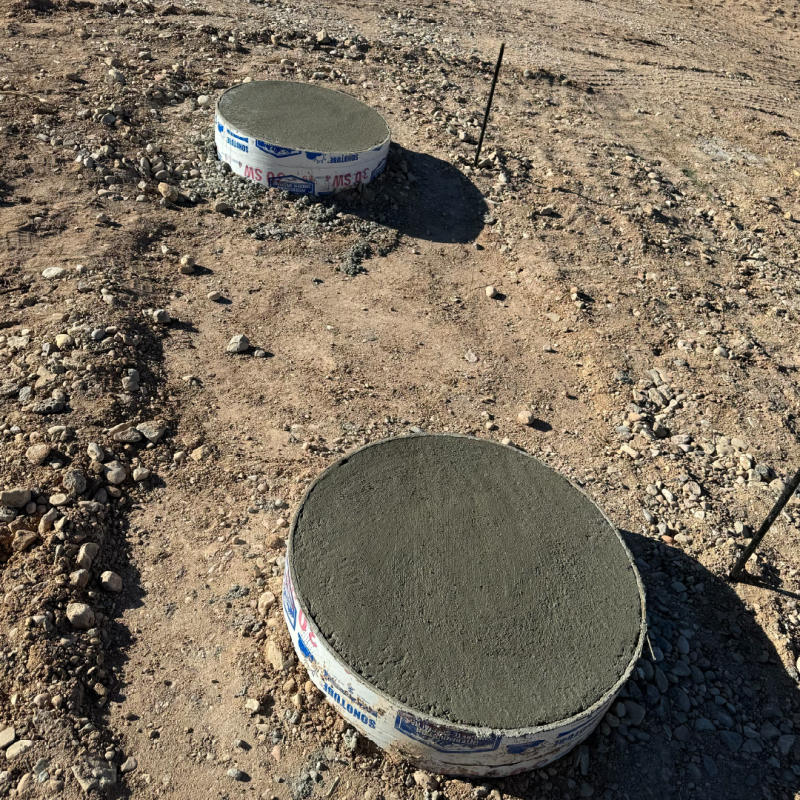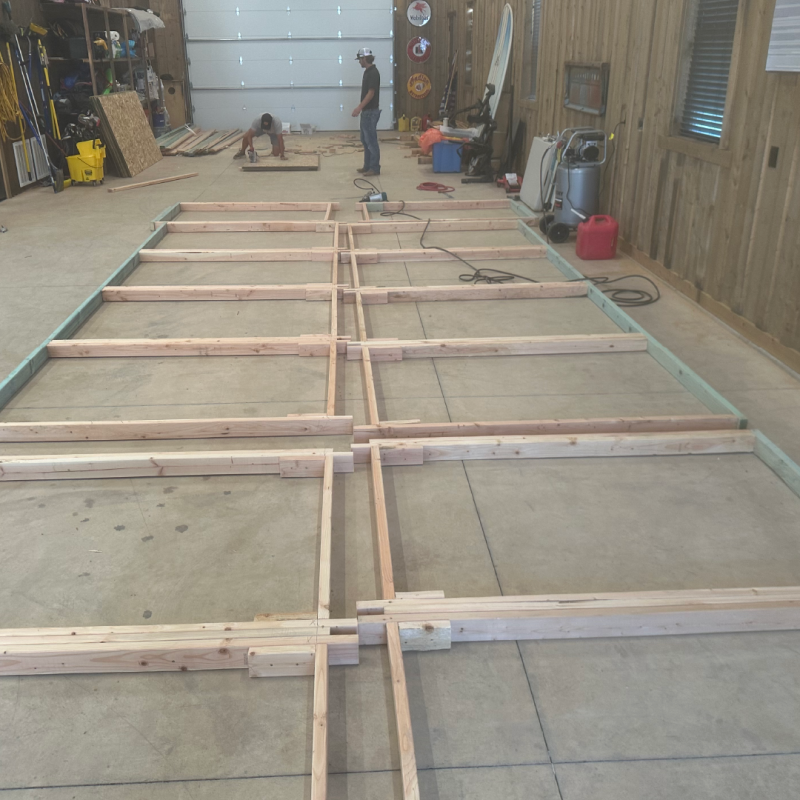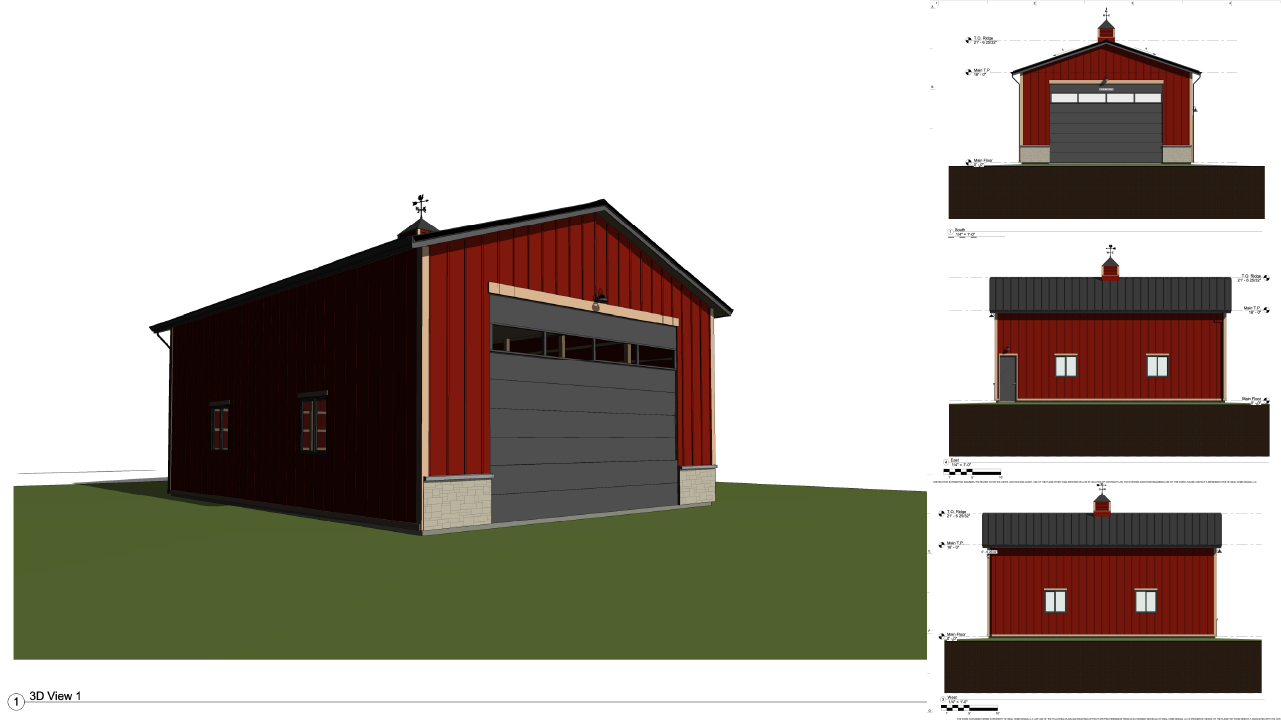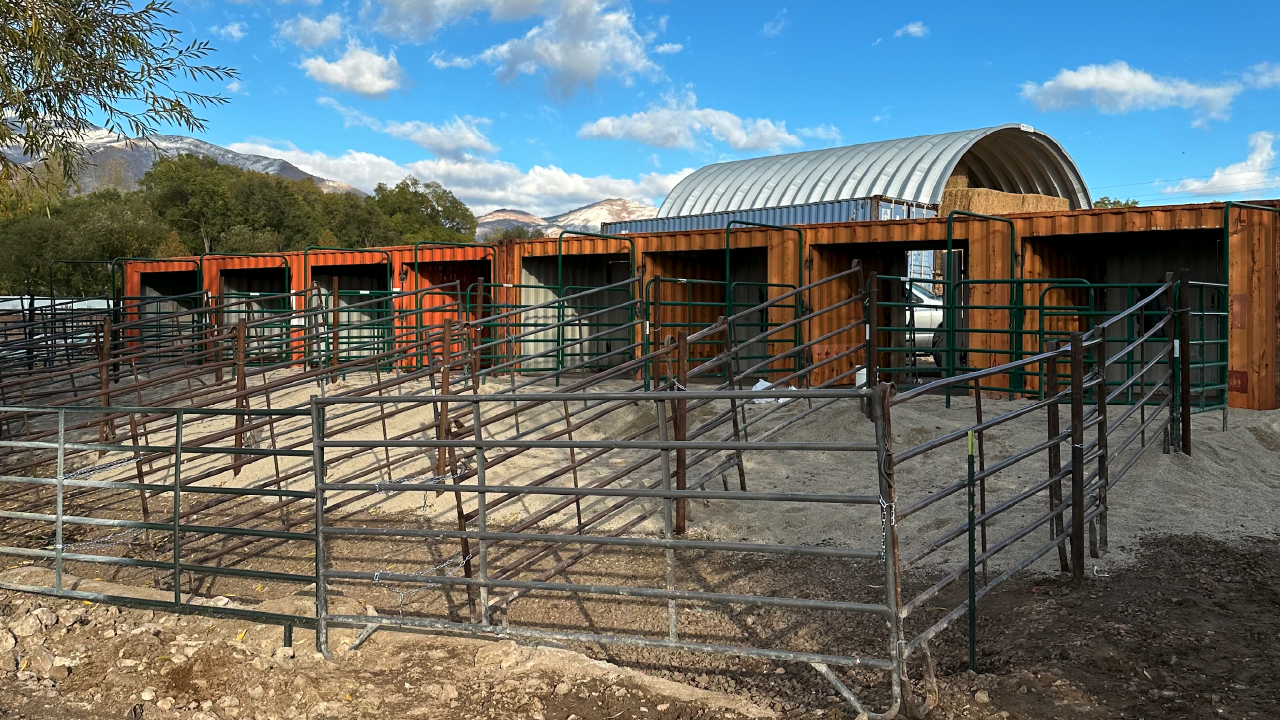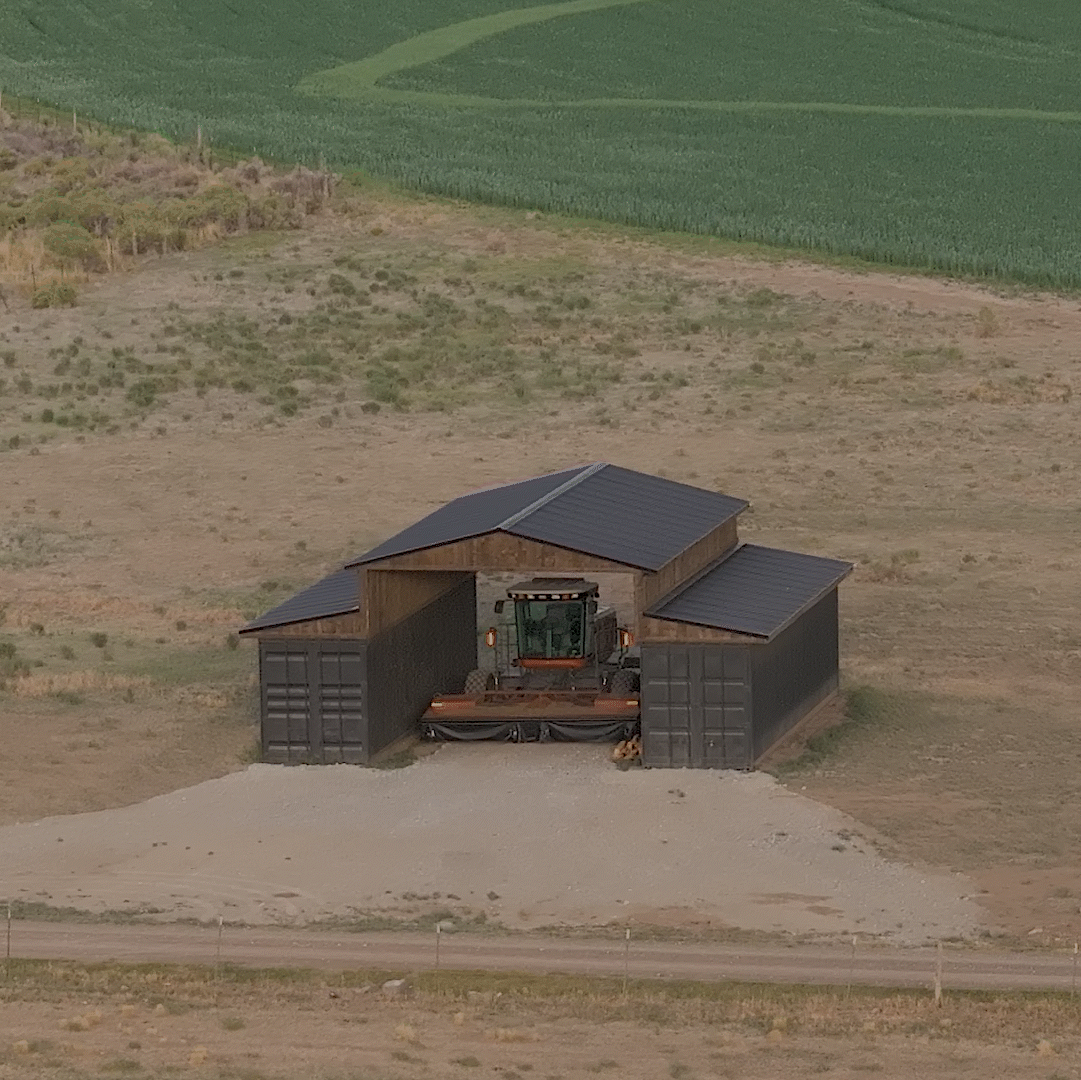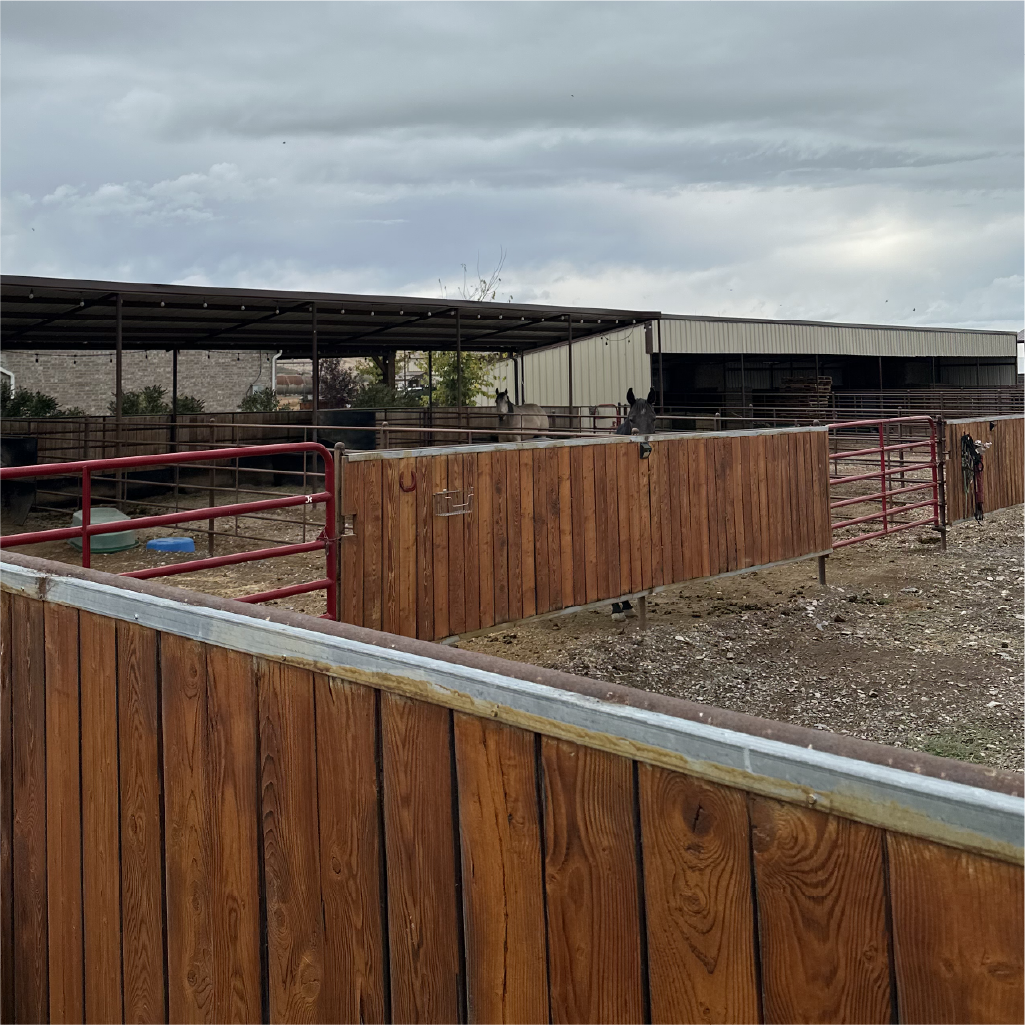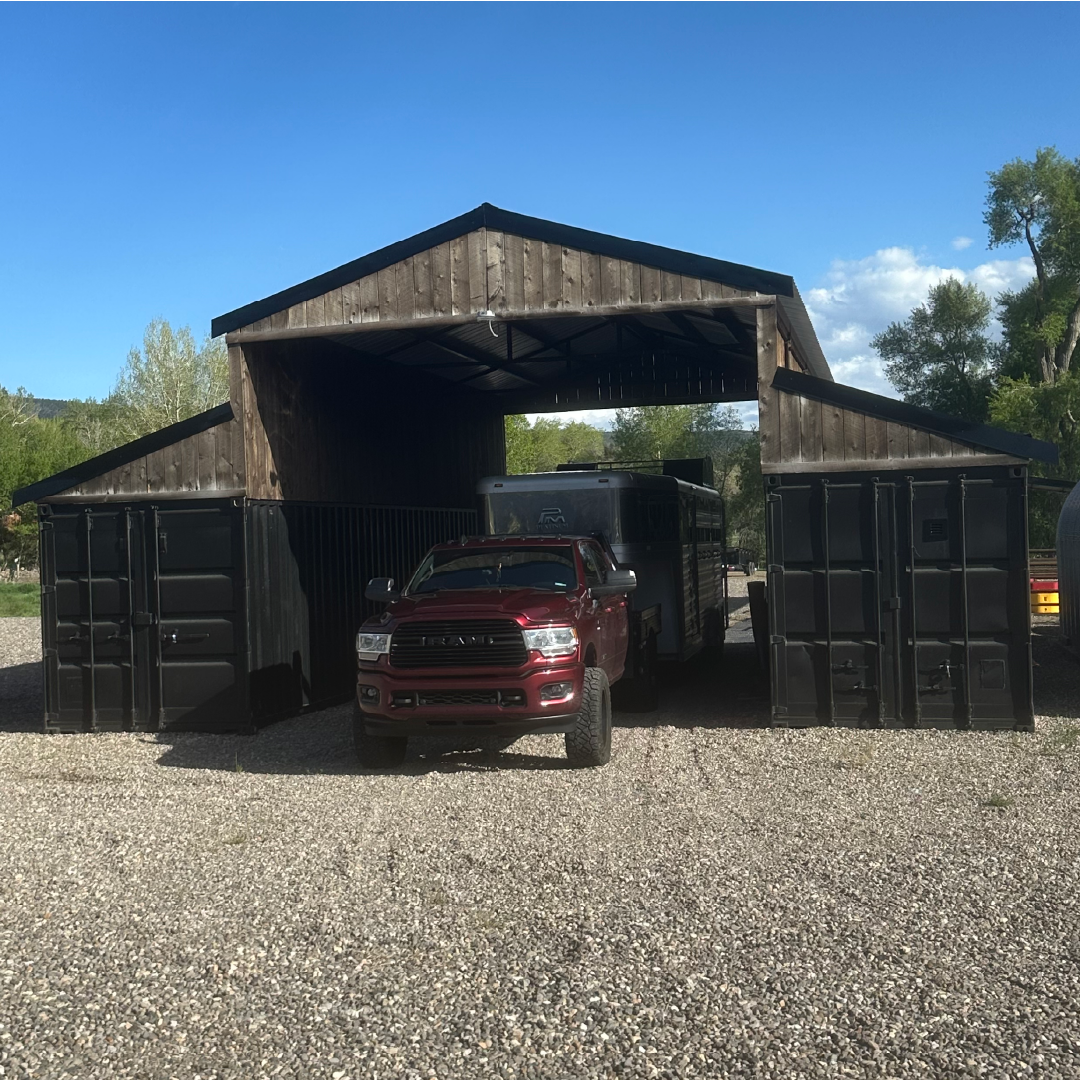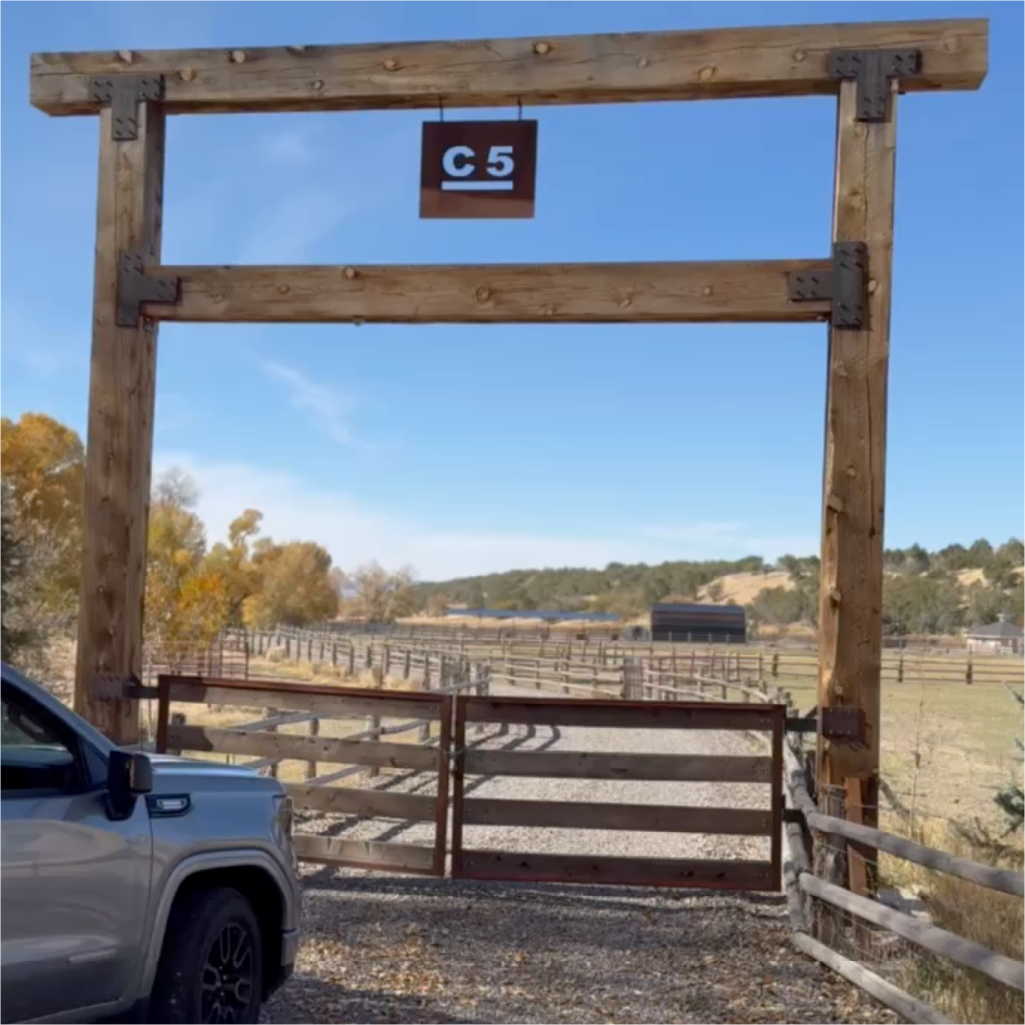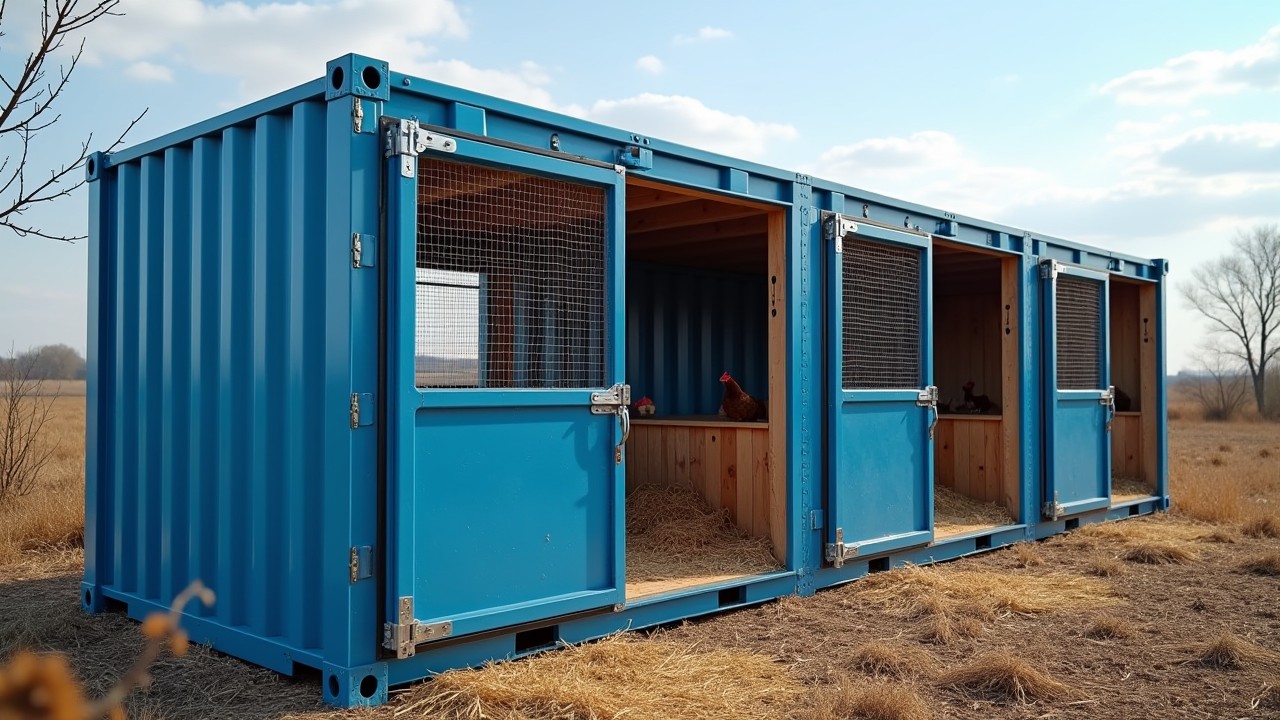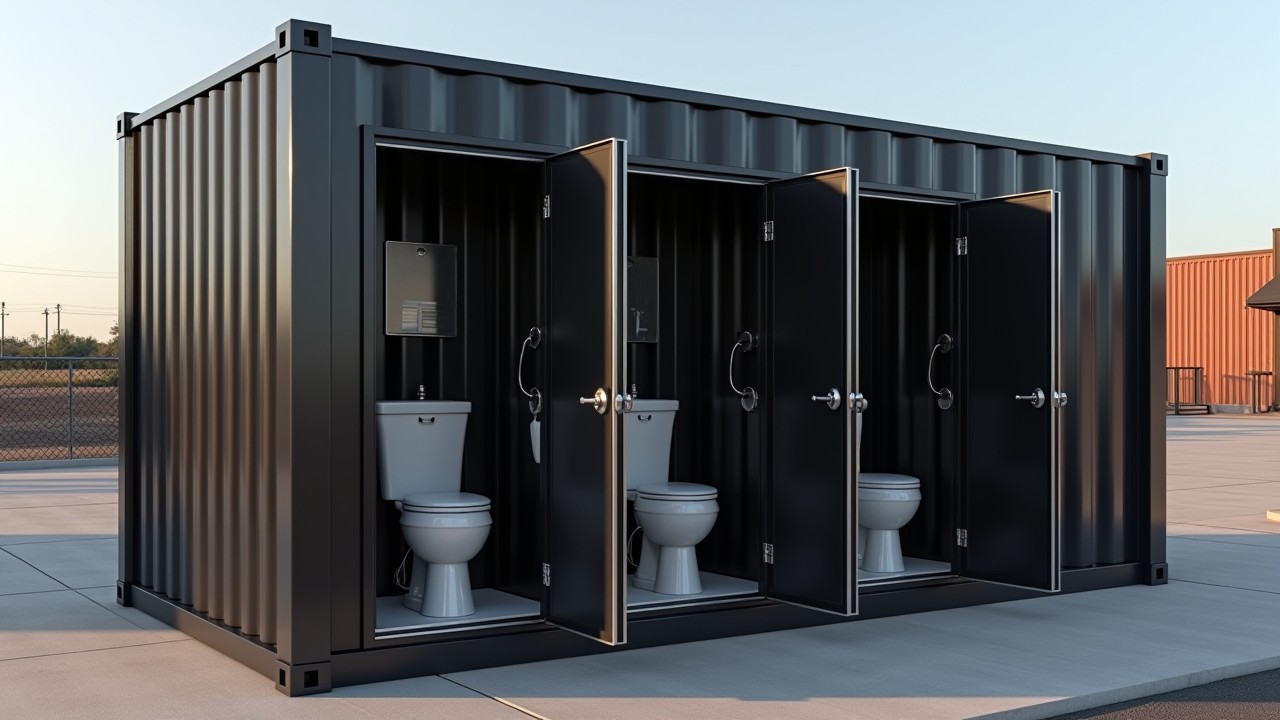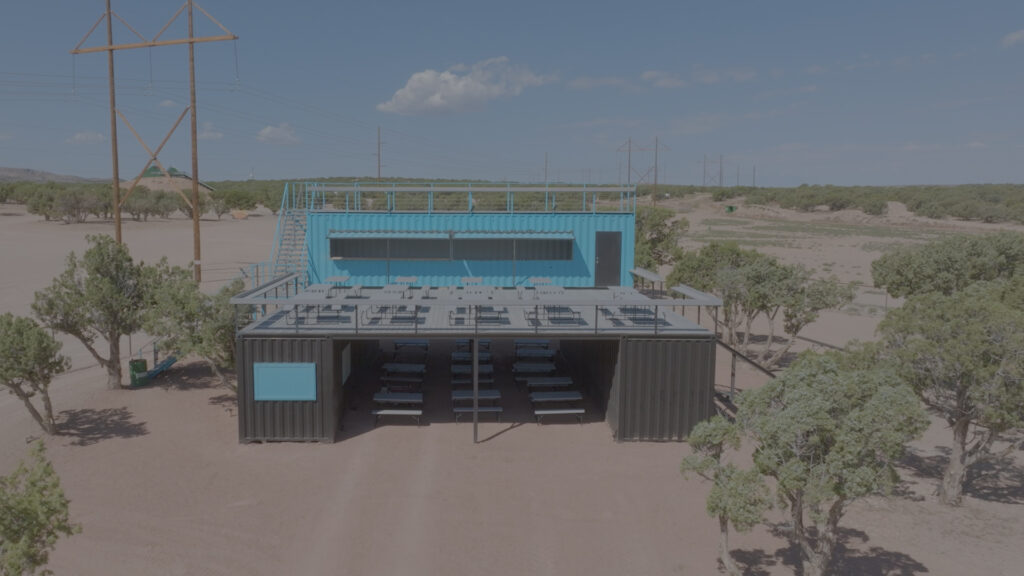About Us
Our wide range of product designs and construction/builder services stemmed from our own personal needs. From Pole Barn Buildings (Kits), to Shipping Container Barns, to Horse Stalls, to Horse Barns (Kits), to Western Ranch Entrance Gates and Custom Western Fencing. If you’ve got something wild you want to build we can help you build it better with superior craftsmanship at wildly affordable prices!
Pole BarnS
Are you looking for Pole Barns, Pole Barn Kits or Pole Barn Builders? Customize one of our pre-designed Pole Barn Kits or let us custom design your pole barn from the ground up then have our expert team of Pole Barn Builders build it for you on site. Click the link below to use one of our Virtual Builders to get a free estimate or book a free consultation with one of our experts.
Are you looking for custom built Metal or Steel Buildings? Reduce hassle and take total control over your next residential or commercial project with one of our pre-fab metal/steel building kits or custom built-to spec solution and let our team do the work for you. Click below for more info or use our Virtual Builder form to request a FREE build on-site estimate!
Are you looking for Shipping Container Garages? Our Container Garages are fully Pre-Engineered with full blueprints making DIY assembly easier than ever. Rather save some time? Give our expert builders and Build-On-Site for you services a try. Click the link below for more information or use one of our Virtual Builders to get a FREE estimate!
Are you looking for Shipping Container Barns or Roof Kits? Our Container Barns and Roof Kits are fully Pre-Engineered with full blueprints making DIY assembly easier than ever. Rather save some time? Give our expert builders and Build-On-Site for you services a try. Click the link below for more information or use one of our Virtual Builders to get a FREE estimate!
Are you looking for custom horse stalls? Our container horse stalls an affordable alternative to traditional stables. Our container horse stalls are built to spec and we pride ourselves on creating stylish, functional, affordable stalls with personalized touches that acts as natural extension of your pre-existing property.Click the link below to get more information or use our Virtual Builders to get a FREE estimate!
Are you looking for Tack Sheds? Our shipping container tack sheds are a unique, affordable, durable and highly customizable option for tack/gear and overflow storage. Additional options include showers, restrooms, windows, man doors, and a wide variety of color and finish options. Click the link below for more information or use our Virtual Builders to request a FREE estimate!
Are you looking for Western Ranch Entrance Gates? At Wild West Builders we offer DIY Pre-Fab Western style ranch entrance gate kits shipped to you or we can custom build to spec and install your ranch entrance gate; giving you a truly unique, personalize, look and feel. Click the link below for more information or try our virtual ranch gate builder to request a free estimate.
Are you looking for a Fence Contractor or Custom Built Fence options? We offer versatile, durable, highly functional, quality pre-fab, DIY kits, or custom built to spec, western farm/ranch style fences that make the perfect addition to your farm, home, or commercial business. Click the link below for more information or use our Virtual Builders to request a FREE estimate!
3 Important Questions to Ask Yourself:
Nothing in life is as easy as it first seems. After years of attempting these types of builds ourselves we’ve learned from our mistakes and now you can benefit from our failures. If you are already stuck in a build project and looking for help we’d love to bail you out. Before you decide to use our kit or try it on your own ask yourself these 3 questions:
If yes; you need engineered plans. Do you have engineered plans? If no; do you really want to try and track down an engineer and pay to have custom plans created for your single build project? If no; even if you don’t need a permit would it be much easier have engineered plans with step by step and instructions, phone support along with pre framed, pre sheeted & pre squared walls ? How about how easy it is to set trusses with our truss slot system?
If - 3 Days… Use our kit. If 3 Months or years… try it on your own. In all seriousness; we know you are busy and we also know "weekend projects" can get away from us. It's why we've pre-engineered our DIY kits to all you to quickly build your Pole Building, Shipping Container Barn or Workshop. Get a FREE estimate today.
None of the above is meant to be rude but rather to help you make the right decision. The above questions are what we have found people come to us the most for. Nothing in life is as easy as it first seems. We have found from years of doing these type of builds the wrong way and we want you to benefit from our failure.
PAST PROJECTS & DESIGN
CONCEPTS IMAGE GALLERY
Pole Barn Kits
Our Pole Barn Kits are custom built to your specification then pre-engineered for maximum utility, durability (all weather), versatility, and longevity. Every pole barn kit comes with our complete on-site service which means your pole barn kit will be expertly assembled on-site for you by our seasoned team of expert builders.
Shipping Container Barn
Our all-weather Shipping Container Barns (Kits) are built for maximum utility, durability, versatility, dependability and longevity. Install it yourself or use our built-for-you on-site service.
Our Shipping Container Garages (Kits) are a durable, cost-effective alternative to traditional garages. Designed with an optional 14 ft clearance our container garages are perfect for RV and large equipment storage.
SHIPPING CONTAINER ROOF KITS
Shipping Container Roof Kits are a great option to convert your current shipping containers into a a high quality, durable Shipping Container Barn. Our optional 14 ft clearance height gives you the perfect cover for your truck, trailer, Camper, RV, or Heavy Farm Equipment. Our kits come in 20 or 40 ft lengths, and up-to a 24 ft covered center section. Every kit comes pre-engineered, are affordable, easy to install (w/ basic construction experience) and comes with detailed step-by-step blueprints. Click the link below for more details, use our Virtual Builder to get a free DIY-Kit or Built for you on-site estimate.
SHIPPING CONTAINER SHOPS (TRI-STACK)
While shipping containers are inherently durable and weather-resistant, adding a roof gives you the ability to add cover for your heavy equipment/machinery. Our high quality pre-engineered shipping container roof kits are durable, affordable and easy to install. A great addition to your current shipping containers the optional 14 ft height makes them an ideal option to protect your RV or Large equipment.

Austin C.
Helquist X
Our shipping container garage kit is one of the best investments our business has made. It makes it easy to keep our equipment safe and secure all year long; which is important during long cold winters and blistering hot summers. The DIY documentation provided was clear and concise making installation a breeze. During the build when questions came up the US based support staff at Wild West Builders was easy to get a hold of super helpful. If you’re in the market for a shipping container garage give them a call, you’ll be glad you did.
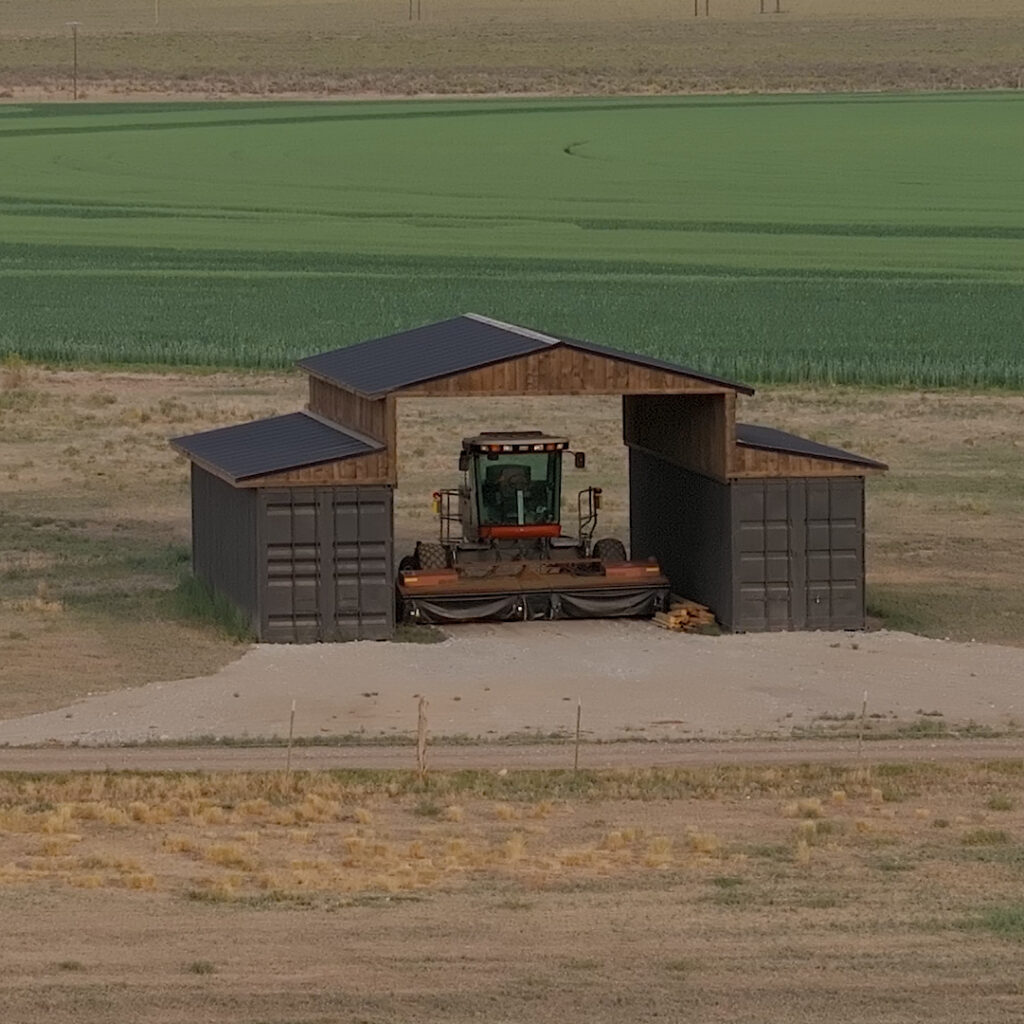
Lynn H.
HARRIS FARMS
Wild West Builders made purchasing a shipping container barn quick, easy and affordable. Their knowledgeable team of expert builders was an invaluable resource during our DIY build and their detailed instruction manual along with tutorial videos greatly uncomplicated the build process. If you are looking for a Shipping Container Barn we highly recommend you give them a try.
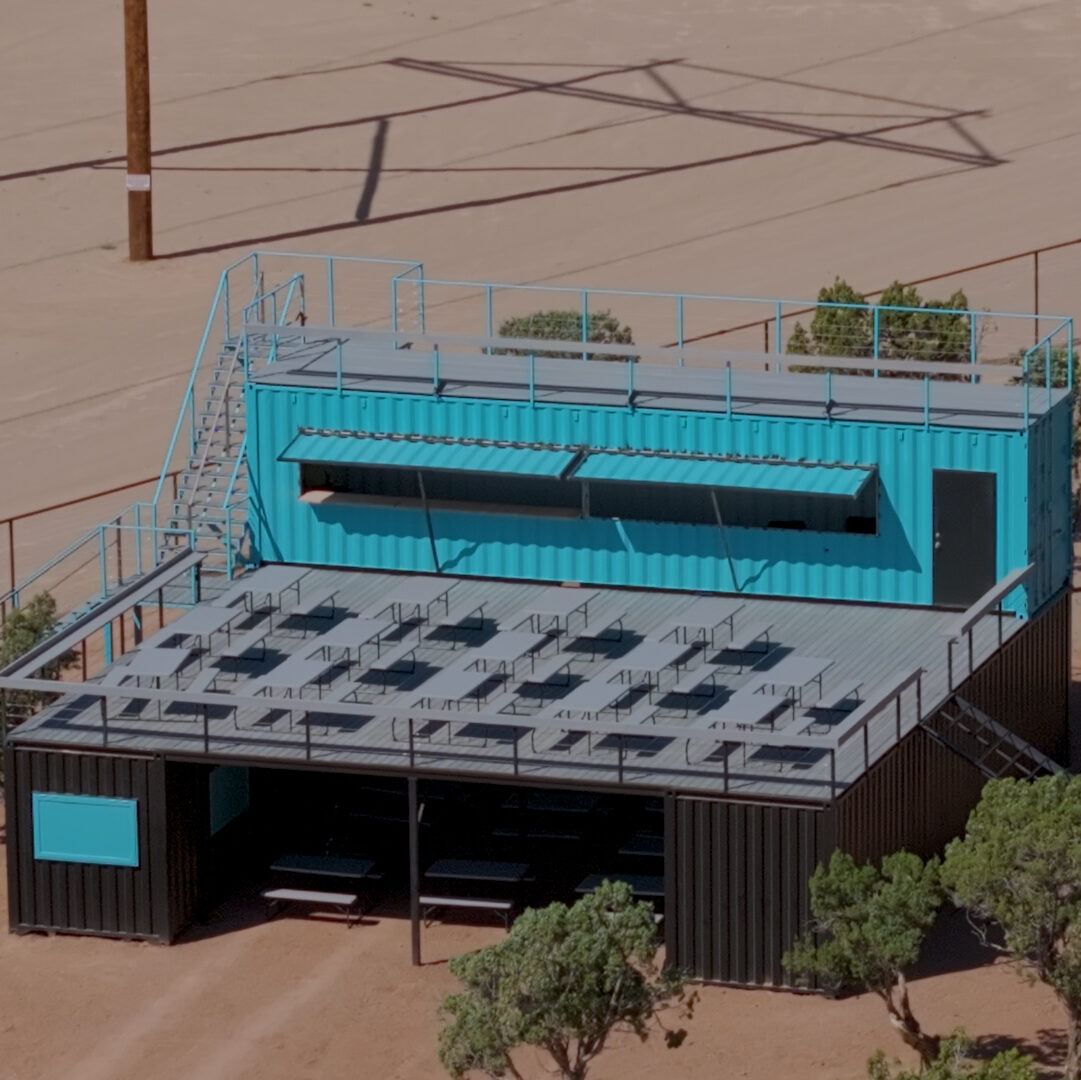
Russ R.
Cedar Beach Oasis
Our Southern Utah Event Venue is over 200 acres of dessert which hosts concerts, festivals, outdoor weddings, and corporate events at various intervals throughout the year making it critical for us to have a good looking, dependable, all-weather shipping container garage to securely store equipment and supplies. Wild West Builders delivered! Their Shipping Container Garage virtual builder made it easy to get an estimate and their prices were more than fair. I don’t think theres a better shipping container garage on the market.
We don’t just build or sell stuff, we engineer long lasting relationships by treating clients the same way we’d want our family to be treated. That extends to every product we design and every project we undertake. Our goal isn’t to just leave our customers happy. We want raving fans. Check out some of our client testimonials below.
We provide : Engineered Plans with Step by Step Instructions, Tutorial Video, Phone Support, Shipping Containers, Pre Squared, Pre Framed & Pre Sheeted Walls, Trusses, Lower Framing Material, Lumber package, Exterior Siding, Roofing Metal & Trim, Nails, Screws, Hardware, Lumber for garage door opening as well as closed end framing material and siding.
When ordering a Shipping Container Barn or Garage DIY Kit you as the customer are responsible for Permitting if applicable, a suitable build site pad, excavation for footings, concrete SonoTube footings per spec, attaching the shipping container to footings per spec, painting containers, adding or contracting garage door add-ons if applicable.
When hiring Wild West Builders to build a Shipping Container Barn or Garage on site for you we handle permitting if applicable, leveling your build site, excavation for footings, installing concrete SonoTube footings per spec, attaching the shipping container to footings per spec, painting containers, adding or contracting garage door add-ons if applicable as well as any add-ons like man doors, windows, or extra concrete pads.

